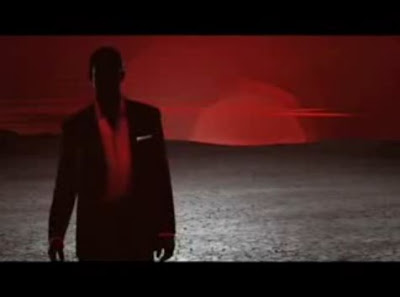I've since carried on using literature as notebooks for my sketches and ideas, for these reasons:
- I have two huge passions. The first is reading, which I've loved my whole life. I especially like the classics (I read Charles Dickens' Tale Of Two Cities at age 11 - and yes I know I was a geek!). I studied English last year at Lincoln University but found I wouldn't be happy turning my love of literature into a career. I still read all the time, and always have a book on the go.
- My second passion is sketching. I'm always drawing, especially people and fantasy art. After having my portfolio of 60+ illustrations stolen last year by a fellow student, every sketch I do is extremely precious to me, and I'm determined to build up a bigger and better portfolio.
- In using literature as my canvas I am combining my two hobbies and making work that's unique and says something about who I am.
I started scribbling all over To Kill A Mockingbird in 2001, and have since demolished 3 more books. I haven't sketched on every page, just the first one I open which makes it more interesting.
My first book started as a sort of dream diary of ideas but now I've gone into experimenting with using the pages as they are and re-shaping them. For example, on some pages i tear out a line of words so you can read a line on the page behind it. This can be confusing and quite funny.
I have posted pictures of my first "notebook" below, and will post other ones in the future.











































